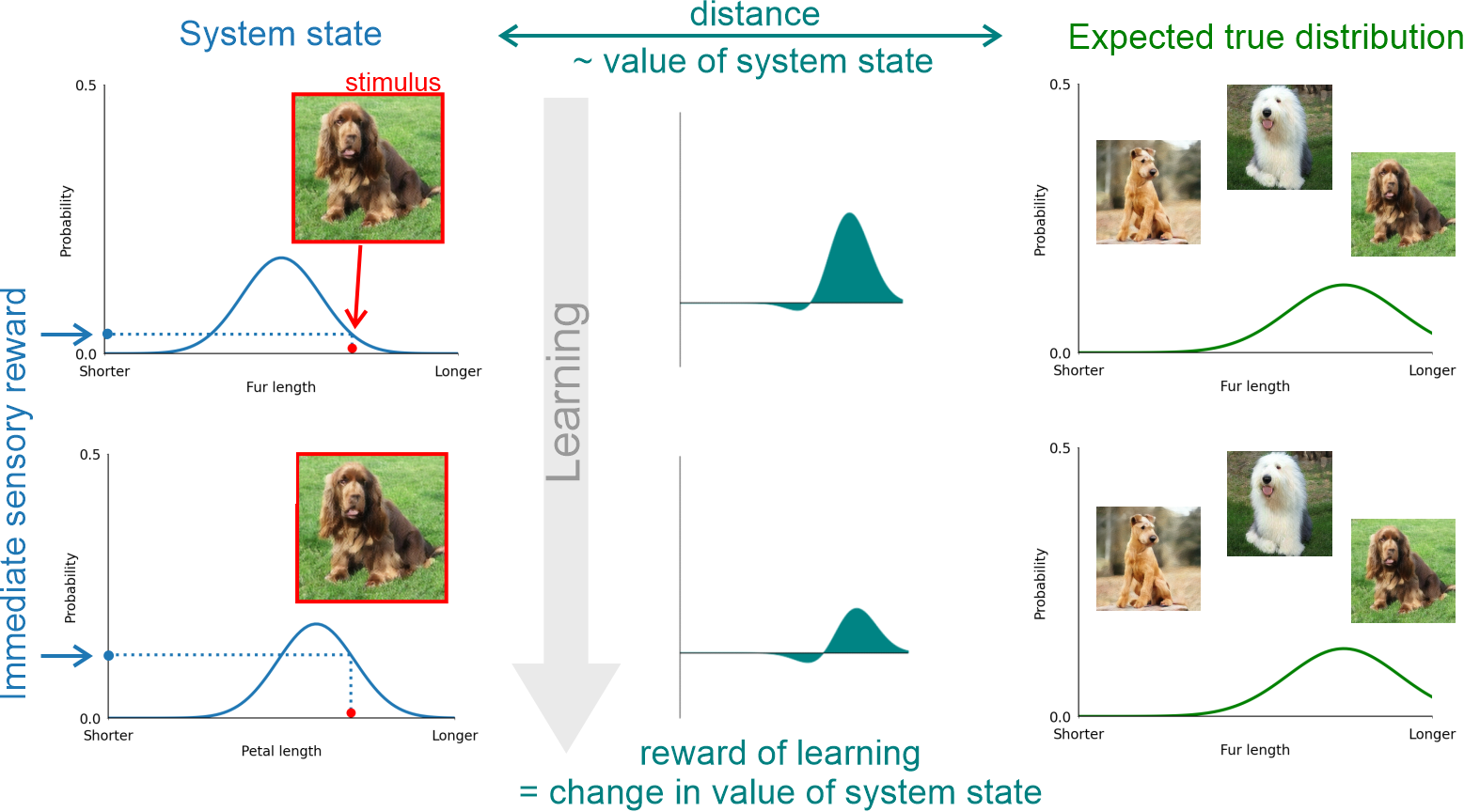Research
Why do we like some songs and hate others? Why do we spend money to visit art galleries? Why do we spend so much time binge-watching the latest TV show? My research wants to tackle such questions about the pleasure we take in and the decisions we make based on sensory experiences. To say it in fancy words: The main focus of my research is aesthetic value. My approach to studying beauty is quantitative and computational.
My PhD thesis encompasses a series of studies on the experience of beauty. My current work follows up on this and takes a more encompassing view both in terms of its subject (going from beauty to aesthetic value broadly conceived) and its methodology (now also incorporating computational neuroscience, machine- and reward-learning perspectives).
I also aim to make my approach interdisciplinary by collaborating with philosophers, architects, and computer scientists.
At MPI BC (Dayan lab)
 Can we build a computational model of sensory valuation that predicts what image people want to look at, how long, and at what cost? Well, we think so. Our model is inspired by fluency and predictive coding accounts of aesthetic appreciation. It integrates both views and builds on established reward-learning algorithms. In a nutshell, we suggest that aesthetic value is comprised of two reward components: an immediate one related to how well the current object is processed, and one that is related to the expected increase in how well future objects will be processed.
Can we build a computational model of sensory valuation that predicts what image people want to look at, how long, and at what cost? Well, we think so. Our model is inspired by fluency and predictive coding accounts of aesthetic appreciation. It integrates both views and builds on established reward-learning algorithms. In a nutshell, we suggest that aesthetic value is comprised of two reward components: an immediate one related to how well the current object is processed, and one that is related to the expected increase in how well future objects will be processed.
With my new Master student, Surabhi Nath, I’m looking at how people explore sensory information and how people generate patterns to maximize appeal. This is also a collaboration with the CPI lab at the MPI BC.
At NYU (Pelli lab)
I am still involved in a few projects with my old lab at NYU, working together with Maria Pombo. We ask: How much does memory contribute to beauty judgments? and When does it matter what objects you saw and rated before? The latest results are summarized in this poster
Around the world
I love collaborating with colleagues (maybe a little too much). Here’s a short list of ongoing projects:
With Amy Belif, the question is: Does the music we listen to influence how much we enjoy what we see? Or vice versa? The project is the multi-modal continuation of previous work of mine at NYU that showed that people can perceive the pleasure of two images independently.
With Joerg Fingerhut, I am challenging the view that the Golden Ratio is always something that makes art more beautiful and looking into the eye movement patterns associated with our evaluations of art with a cross-cultural perspective.
My latest collaboration with Richard Taylor, Nikos Salingoras, and Nir Buras urges architects and urban desginers to take seriously the insights we have about how we perceive and evaluate the world around us. We combined our expertise to sketch out why and how we can build cities that are more beautiful, easier to navigate, and better for our well-being.
Of course, there are more projects on my desk - more to be added, soon.
Projects on hold
I also started a few projects that for one reason or another have never been finished - sadly! Get in touch if you are interested in picking up where we left off!
How much would you pay for beauty? Can we translate aesthetic pleasure to monetary value? Is there a common value currency across domains? We use an auction task to assess whether people use a consistent value currency for aesthetic, food, and monetary rewards.
Is beauty special? Or is it just intense pleasure? Many people strongly sense that there is more to beauty than just pleasure - but to date, there is no compelling evidence that this is the case. We will take advantage of a classic psychophysics paradigm - adaptation - to settle this long-standing debate.